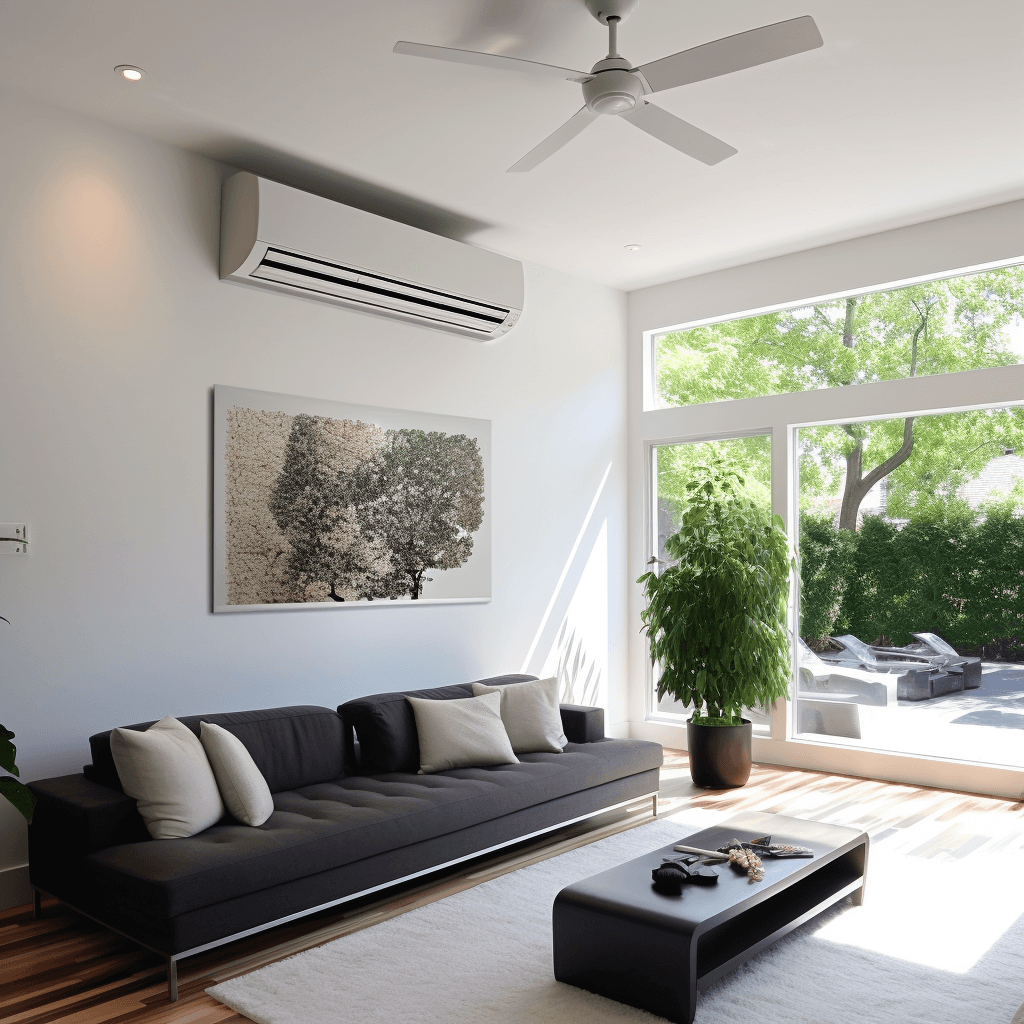Understanding the Working Principle of Wall-Mounted Heat Pumps: A Comprehensive HVAC Guide
At AirGreen, a leading HVAC company based in Montreal, we specialize in providing effective and efficient solutions for heating, ventilation, and air conditioning. We understand the diverse needs of our customers and offer products that perfectly cater to the climatic conditions of Montreal. One such HVAC solution we proudly present is the wall-mounted heat pump, also known as a mini-split. This article aims to take you through the functionality of a wall-mounted heat pump and demonstrate why it can be a suitable option for your HVAC requirements.
What is a Wall-Mounted Heat Pump?
Before we delve into the working principle of a wall-mounted heat pump, it's important to understand what it is. A wall-mounted heat pump or mini-split is a type of HVAC system that performs both heating and cooling tasks. This ductless system comprises two primary components: an indoor air-handling unit and an outdoor compressor/condenser. They are connected via a conduit, which holds the power cable, refrigerant tubing, suction tubing, and condensate drain.
How Does a Wall-Mounted Heat Pump Work?
The Cooling Process
The cooling process of a wall-mounted heat pump involves four stages: evaporation, compression, condensation, and expansion.
- Evaporation: In the indoor unit, the refrigerant absorbs heat from the room's air and evaporates.
- Compression: The gaseous refrigerant then travels to the outdoor unit, where the compressor pressurizes it, increasing its temperature.
- Condensation: The heated refrigerant passes through the condenser coils, where it releases heat into the external environment and reverts to a high-pressure liquid.
- Expansion: Finally, the refrigerant moves through an expansion valve, reducing its pressure and temperature before it re-enters the indoor unit. This completes the cooling cycle.
The Heating Process
For heating, the wall-mounted heat pump works in reverse. It absorbs heat from the outdoor air—even in chilly conditions—and transfers it indoors. The refrigerant's property to absorb and release heat at different temperatures and pressures makes this possible.
Advantages of Wall-Mounted Heat Pumps
Understanding how a wall-mounted heat pump works sheds light on its numerous advantages:
- Energy Efficiency: Wall-mounted heat pumps are highly energy-efficient, transferring heat rather than generating it.
- Dual Functionality: Their capability to offer both heating and cooling makes them a cost-effective and space-saving HVAC solution.
- Zoned Comfort Control: Wall-mounted heat pumps offer zone-specific temperature control, allowing energy conservation in less-used areas.
- Ease of Installation: With no ductwork required, these systems are easier and quicker to install.
Wall-Mounted Heat Pumps in Montreal's Climate
In Montreal, where summers are warm and winters are cold, a wall-mounted heat pump is an excellent solution, providing cooling in summer and heating in winter. The system's ability to extract heat from the air, even at low temperatures, makes it an efficient heating system during cold Montreal winters.
Furthermore, its cooling efficiency proves valuable during the hot summer months, making it an all-around, reliable HVAC solution for Montreal residents.
Choosing AirGreen for Your Wall-Mounted Heat Pump Needs
At AirGreen, we're committed to offering high-quality, energy-efficient, and environmentally-friendly HVAC solutions. With our extensive experience in Montreal's HVAC industry, we understand the specific needs of our customers in relation to the local climate.
Our team of HVAC professionals is ready to assist with the selection, installation, and maintenance of your wall-mounted heat pump. With AirGreen, you can expect top-notch service and products that keep your home comfortable throughout the year, regardless of the season.

